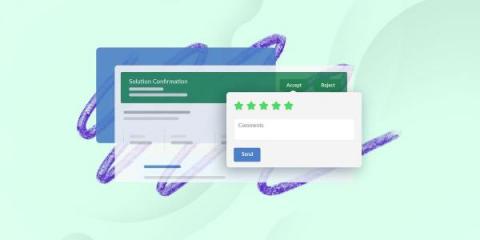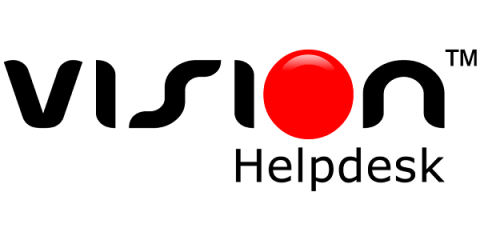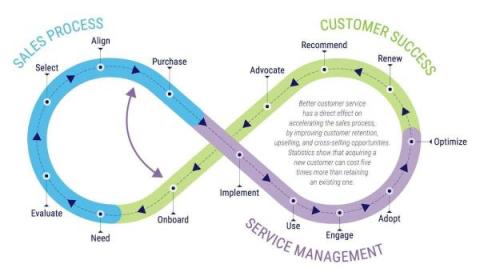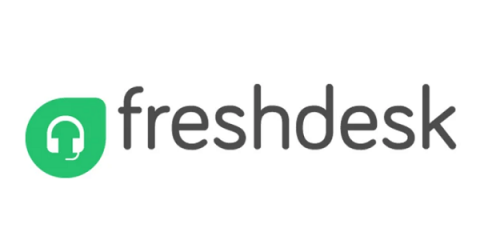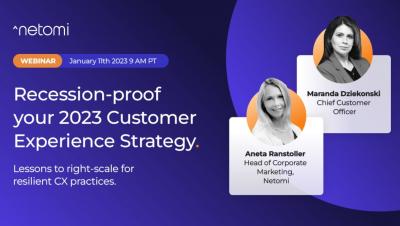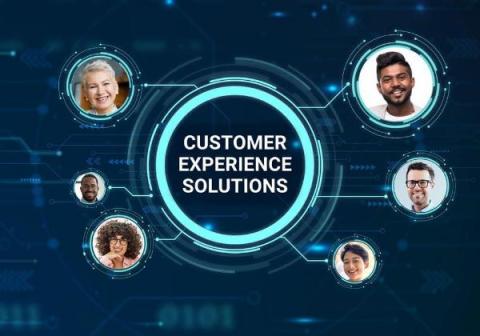Teams | Collaboration | Customer Service | Project Management
January 2023
How the C-suite can navigate the intersection of AI, crypto, cloud and more
If the recent hype around ChatGPT is anything to go by, the world seems to be reaching an inflection point in artificial intelligence (AI) and associated tools. (GPT stands for Generative Pre-trained Transformer, a large language model for generating text using deep learning.)
Why Smooth Customer Experiences Is Vital To Business Success
A seamless customer experience is one where the customer interacts with a company in a smooth, effortless manner. The customer feels that their needs are understood, meaning the company is able to anticipate the customer's needs and proactively offer solutions. For example, a company that offers personalized product recommendations based on the customer's purchase history is demonstrating an understanding of the customer's needs.
Live Online Chat Software: Real Time Customer Service
Live online chat software has become increasingly popular in recent years as a way for businesses to connect with customers in real time. These chat tools allow companies to provide quick and efficient customer service, increase sales, and improve customer satisfaction. In this article, we will take a closer look at live online chat software, including a specific product called Vision Helpdesk Live Chat Software.
How to choose the best live chat customer service software for 2023
Customer Service Experience: What it is and How to Improve It
The customer service experience is one of the most important aspects of a sales-driven business. When consumers have a good one, they are more likely to purchase again and to refer friends and family. This is all in addition to establishing a quality reputation as a business that takes care of those that work with them. Customer experience is different from good customer service, in any case.
Customer Service Trends to Watch in 2023 and Beyond
Going into the New Year, businesses need to understand trends shifting their competition’s business and how consumers and clients engage with their vendors. In addition, with the landscape of customer service changing so much over the past few years, client expectations and the goals of the businesses that serve them are also changing. Many of these trends are responses to the noticeable economic and social changes happening worldwide, while others have remained consistent over time.
7 Proven Strategies to Improve Customer Service in BPOs
Customer service business process outsourcers (BPOs or “outsourcers”) have similar goals and challenges to in-house operations—and some additional ones of their own. They’ve got to keep several plates spinning at all times such as: Do they have a secret sauce that helps them to achieve that?
Customer Service Ticketing System for Superior Customer Support
Small businesses may be used to handling customer concerns as they come by simply taking calls or complaints on the spot. However, as businesses and their clientele both grow, this kind of impromptu system becomes unviable. Too many complaints come through too many channels, requiring businesses to find a better solution. If not, they will almost certainly contend with low customer satisfaction and potential legal issues.
How Customer Service Tools Improve Customer Satisfaction
Customer service is a complex process. Software tools can help businesses simplify this process, and can also help improve the customer experience by improving client perceptions during interactions to settle questions or concerns. This improves customer satisfaction, and in turn, makes consumers more open to making repeat purchases. Such software tools vary in feature sets, but their general purpose is to make the ticket-handling process more efficient.
B2B Customer Service: What it Is and Why it Matters
Customer service (CS) seems like a simple enough concept on the surface. And yet, the practices and preparation required—to provide a truly unique customer experience and create loyal clients—take a greater depth of understanding and experience to get things right. This is especially true for meeting the needs of businesses, which are naturally more complex and comprehensive than those of individual consumers.
Why Customer Health Scoring Matters
Understanding and measuring customer sentiment and health is a critical aspect of running a successful business. It allows you to gauge how your customers feel about your brand, products, and services, and make adjustments as needed to improve the customer experience. By regularly tracking customer health, businesses can make informed decisions that lead to increased customer satisfaction, retention, and revenue.
How a Customer Service Management System Can Help a Growing Business
Your customer experience is your business growth driver. Unfortunately, the gap between what companies think they’re delivering and what customers believe is wide; 87% of companies believe their customer experience is excellent, but only 11% of customers agree. So, if you use your customer experience as a growth strategy, you must address your customer service management system first.
Recession-Proof your 2023 CX Strategy | Webinar with Maranda Dziekonski, Chief Customer Officer
7 Key Ways to Manage Ticket Escalation - Beginner's Guide
According to Gartner, when customers are able to find resolutions at the end of high-effort experiences, 96% are more likely to be disloyal to brands, and 81% are likely to share negative word-of-mouth. This is why it’s crucial for you to have a ticket escalation process. Read this guide to understand.
Integrate New CX Solutions
Integrations are critical to a strong customer experience because they help your software connect and become a unified service platform that shows a full customer journey. This can provide insight that helps you continuously improve.
Webhooks for Zendesk Events
The Top 6 Trends CX Leaders Need to Pay Attention to in 2023
Brands face unique challenges heading into 2023 as they balance the variety of changes the last few years have brought on—a looming recession, staffing shortages across all industries, and significant shifts in consumer behavior and expectations brought on by the pandemic. The only certainty is that the quality of customer experience (CX) is more important than ever. There’s a good reason why you should be ranking CX high in your priorities for the coming year.
What is First Call Resolution? [+Best Practices And Tips To Improve FCR]
First Call Resolution is a vital contact center metric that monitors accurate and prompt support, tracking the number of customer issues resolved within the first support call. Fast-paced consumers want brands to value their time and expect their needs to be met on time—no matter how they get in touch with the brand— which makes FCR a leading indicator of customer happiness and a direct measure of a call center’s operational efficiency.


